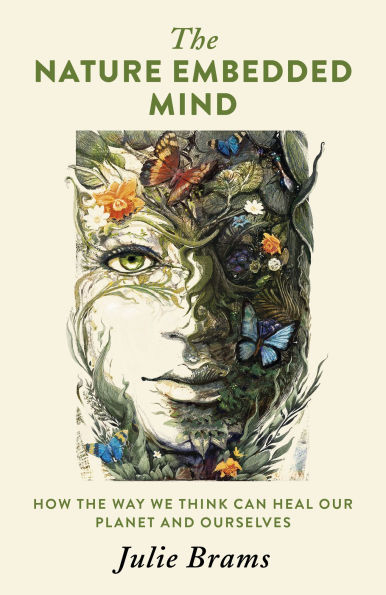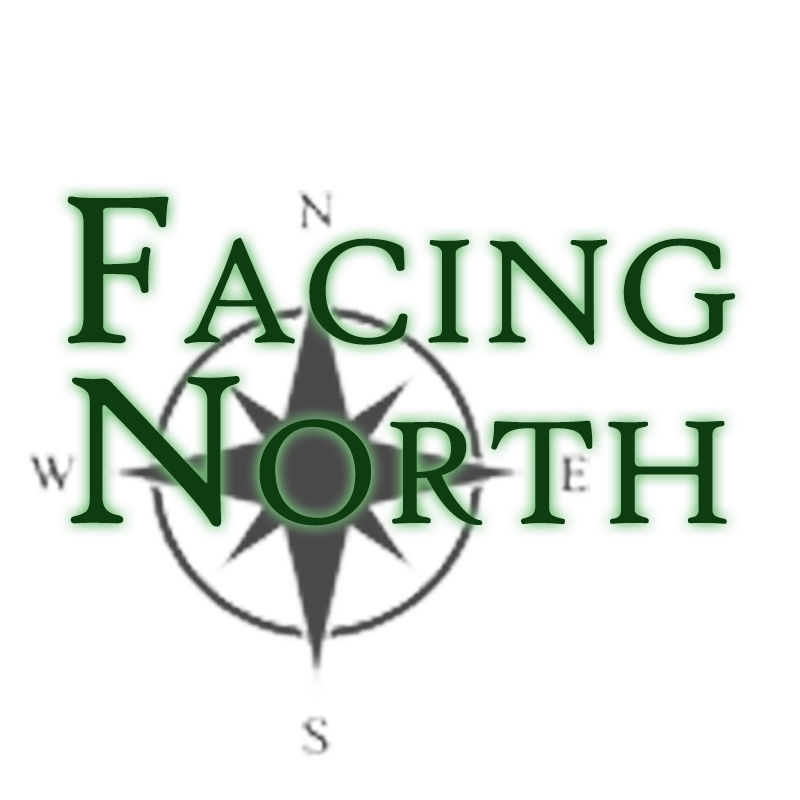The subtitle of this book says it all. Humanity needs to think differently in order to act differently.
Far too often, author Julie Brams writes, we use what she calls “nature-disconnected language” that reinforces an artificial split between humans and nature. We say things like, “I’m going to go out in nature this weekend,” when the truth is that we are embedded in nature. We are nature.
Brams is a psychotherapist who integrates traditional therapy, ecopsychology, meditation, and neuropsychology. She’s been a clinician for over thirty years.
She says she especially wants to address mental health professionals, though the book is really for everyone and will be appreciated especially by readers who’ve trained in mindfulness meditation. She recommends reading the chapters in order and while partnering with one or more “other-than-human beings,” be they soil, air, water, birds, pets, or ancestors.”
This book is a practice guide for what Brams calls “reEarthing,” a way of shifting “our perception so that we acknowledge ourselves as part of nature, part of the whole, not better than nor worse than any other part.”
It’s also a story of Brams’ own process which began in 2005 when she read Thom Hartmann’s book The Last Hours of Ancient Sunlight about the “unsustainability of living in our modern fossil fuel-based, consumption-oriented culture.” Then she learned about the work of social science scholar Theodore Roszak, who coined the term “ecopsychology,” which led her to other thinkers, including Buddhist activist-scholar Joanna Macy who teaches people to open up to their connectedness in nature and “specifically to the grief each [person] feels over the condition of the world.”
Throughout the book, Brams offers meditation themes, what she calls a Reflection Invitation. She uses the classic skill of vipassana, also known as mindfulness, of “noticing what comes up,” on a sequence of themes, from how it is to consider “a new paradigm that decenters humans” to imagining “the possibility of a healed culture,” to what it would be like “if you felt unconditional love of life itself.”
A major theme of Brams’ work is that recognizing one’s embeddedness in nature is not the same as just enjoying the great outdoors.
Serendipitously, in 2016 while Brams was flying home to Los Angeles and had forgotten to bring along a book, she ended up reading one of those in-flight magazines. In it, she was startled to find an article about the practice of Forest Bathing, developed by M. Amos Clifford. It’s based on the work of Shinrin Yoku who prescribes walking through a forest to heal from illness. “My heart and mind raced like I imagine a miner might feel seeing the glint of a diamond or vein of gold,” Brams writes. “If this practice proved to be what I thought it was, it would take me clearly into the ’how’ of healing our split psyche.” As the plane landed, Brams was sending an email to the man interviewed in the article, the director of the Association of Nature and Forest Therapy (ANFT) Ben Page who, like Brams, happened to also live in Los Angeles. Right in L.A., there was a program for her to learn about forest therapy and how to integrate it into her psychotherapy practice.
The distinction Brams makes with common outdoor activities like hiking, biking and camping is that they’re goal -oriented and not “purely a time for being in relationship with the more-than-human world.” There may be distractions like talking to others, eating, planning, listening to music-- with nature as just a backdrop for something else. Outdoor activities are beneficial for health. Nature therapy is something else. Its only purpose is to develop relationships. As Brams describes it, nature therapy takes the form of short immersions with a guide, to week-long group retreats, to a six-month long mentored course.
The Nature Embedded Mind has a chapter on the work of Jewish philosopher Martin Buber, whose famous 1923 essay and book I and Thou gave words to a way of being, that “describes a world that doesn’t objectify an ‘It’ but acknowledges a living relationship between two entities,” not just partnerships between people, but with a whole world of relations and attachments, a web of being. It’s where meaningfulness is found.
Toward the end of the book, Brams makes the important distinction between mindfulness meditation, which she calls an “attentional skill” and nature or forest therapy, which is a relationship practice. The two are mutually reinforcing. Both involve sensory awareness. Mindfulness is a practice of bare attention to sensations, thoughts, and feeling states, all impermanent, as they arise and pass away. Nature therapy is more like a dialogue in which participants might sing, tell a joke or do a dance in the forest. Both practices are about recognizing the truth of interconnectedness.
Brams ends with the remembrance that “we have entered a period in human history where dismantling practices of supremacy over another is on the forefront….And we must remember to dismantle all forms of supremacy and domination, not just in the human realm.”
Reviewed by: Sara R. Diamond
Author: Julie Brams
Changemakers Books, 2025
142 pp., $16.95

